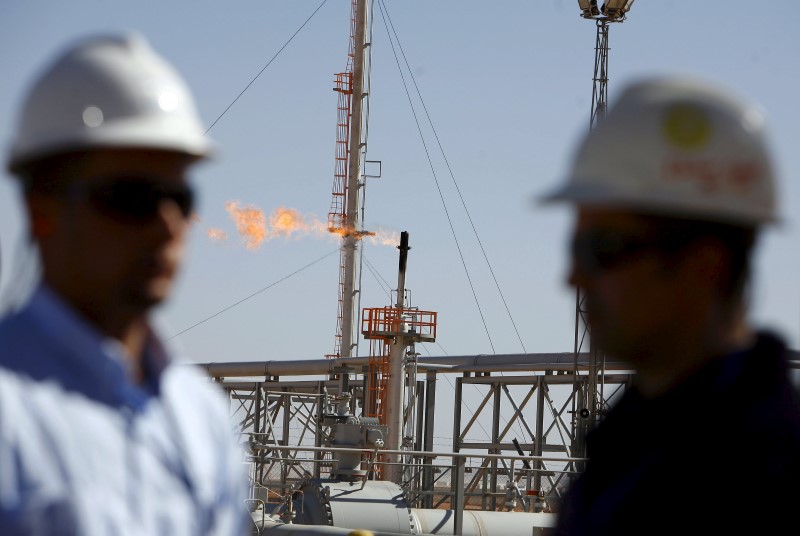(Bloomberg) -- Investors are piling back into riskier commodity companies amid signs that the sector rout is firmly in the rear-view mirror.
First Quantum Minerals Ltd. increased the size and lowered the cost on a portion of its high-yield bond deal this week as oil hovers back above $60 a barrel and metals trade near multi-year highs. Glencore (LON:GLEN) Plc reported record profit -- and a surprise dividend payout, which debt investors won’t like -- the latest in a turnaround that saw the firm embark on an aggressive debt-cutting plan in 2015 to avoid a downgrade to junk.
High-yield oil-and-gas and mining companies are buoyed by expectations that the commodity sector default rate will fall to 1.8 percent this year from 4.9 percent in 2017, when it accounted for the highest number of defaults by industry, according to Moody’s Investors Service. Overall corporate defaults are expected to drop to the lowest level since 2011.
Steadier commodity prices and earnings that show plentiful cash balances and strong profits are luring investors at a time when it’s getting trickier to find value in credit.
“Clearly there’s a complete reversal of sentiment on that sector compared to two or three years ago,” Olivier Monnoyeur, a portfolio manager at BNP Paribas (PA:BNPP) Asset Management U.K. Ltd., said by phone from London. “That is supporting good demand for a commodity bond deal.”
Junk-rated commodity companies are supported by a stronger economic picture globally as inflation expectations mount in the U.S., and Chinese government infrastructure stimulus continues to drive demand. Federal Reserve officials increased their optimism at January’s policy meeting about hitting their 2 percent inflation target and suggested more tightening would be needed.
“It should be pretty constructive for commodity prices,” Will Smith, a portfolio manager at AllianceBernstein Holding LP, which manages about $35 billion in high-yield. “If you layer in the fact that these companies have largely cleaned up their balance sheets and really shouldn’t have any liquidity issues in the near-term, they’re actually in a pretty good space.”
AllianceBernstein has participated in some new issues and they see value energy names with yields above 8 percent in the current environment, he said. The commodity complex is trading at a discount of about 100 basis points to 150 basis points to the rest of the market, Smith said.
High-yield credit spreads have compressed this year on strong investor demand, hitting their lowest level in more than 10 years in late January, to currently yield about 6.14 percent, according to the Bloomberg Barclays (LON:BARC) High Yield Index. Energy issuers have sold more than $13 billion of high-yield bonds this year, the fastest start on record, according to data compiled by Bloomberg.
First Quantum increased the size of its high-yield bond sale to $1.85 billion from a $1.5 billion target, pricing the $1 billion tranche of eight-year bonds at a lower coupon rate than initially discussed.
The recovery has also seen companies that were downgraded to high-yield make the trip back to investment-grade, which bodes well for investor sentiment, Monnoyeur said.
To be sure, junk-rated debt saw signs of weakness earlier this month, as market volatility spread from stocks to riskier credit amid concern about rising interest rates, which erode bond value. About $10.9 billion was taken from high-yield bond funds during the week ended Feb. 14, the second highest outflow on record. West Texas Intermediate crude oil fell below $60 a barrel for the first time since December.
“We don’t think the downside is anywhere close to where it was in 2016,” Smith said. AllianceBernstein’s worst-case scenario for oil is in the mid-$40s. “In that range, a lot of these commodity producers will do pretty well.”
